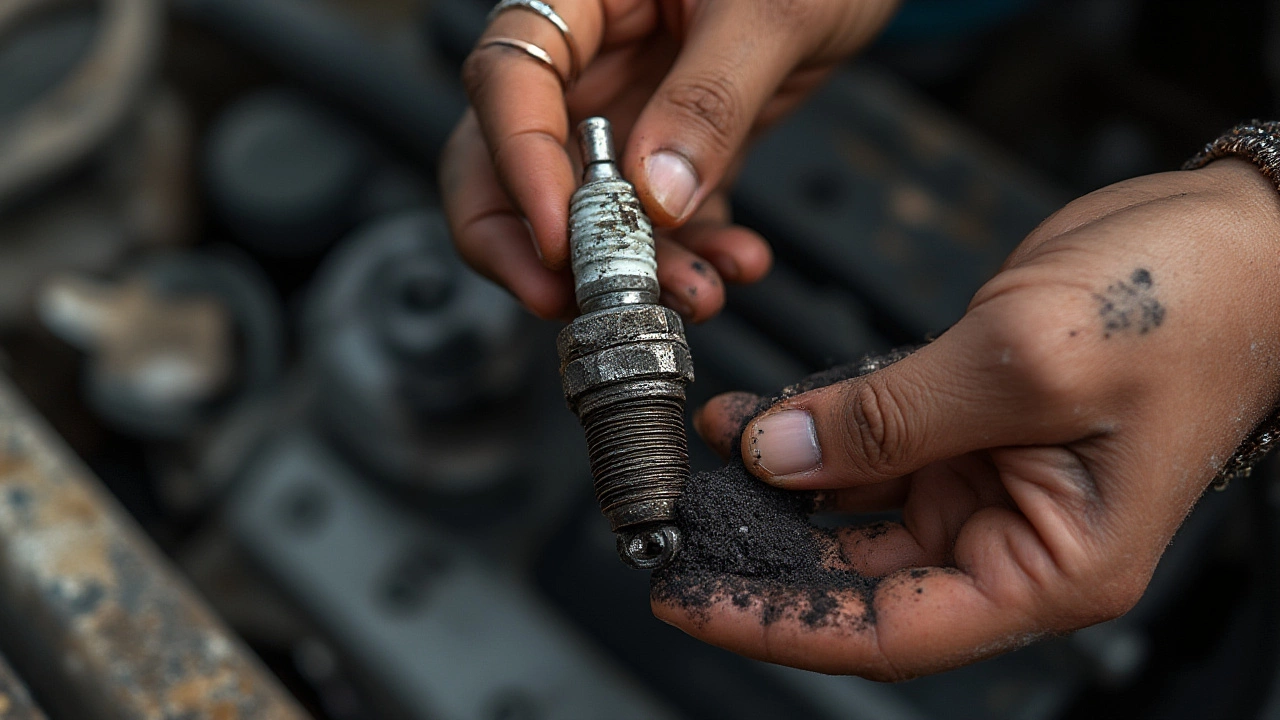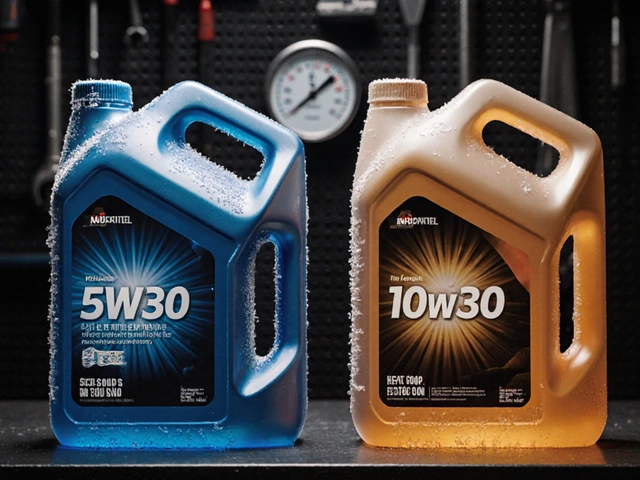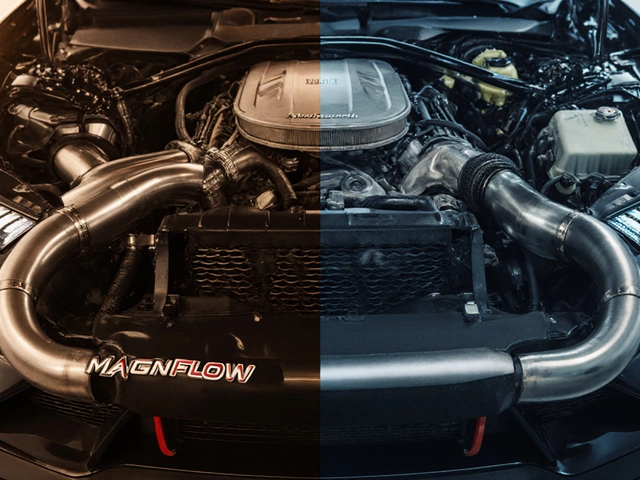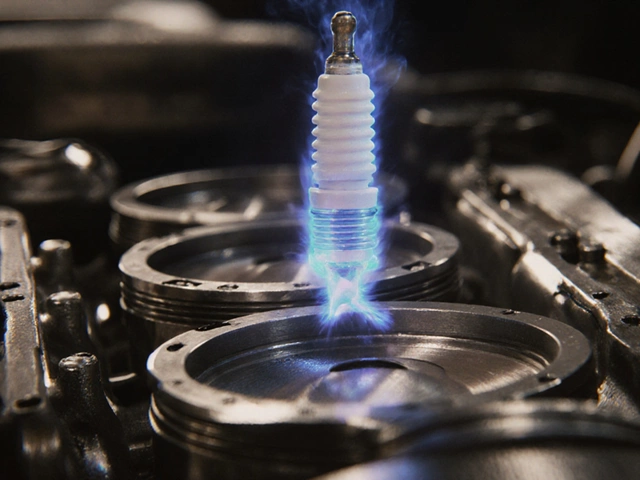Dead silence or just a feeble click when you turn your key—no one loves that scenario. There’s this old joke that cars almost have personalities, only revealing their issues at the worst moments. But it usually isn’t bad luck; it’s something you or your car missed. If you’ve been caught guessing whether dead spark plugs can actually bring your morning to a standstill, the answer is: absolutely. Bad spark plugs don’t just hurt fuel economy or make your car run rough; they can flat-out stop your car from starting, leaving you stranded in your driveway or in the carpark after a long day. Let’s dig under the bonnet and see how something as tiny as a spark plug can create such a headache.
How Spark Plugs Make Your Engine Come Alive
Every time you turn the key or press that start button, you expect your car to roar (or maybe purr, if it’s electric) and get going. For petrol engines, the real action happens deep inside your engine where fuel mixes with air—and spark plugs are the tiny but mighty heroes here. They deliver the actual spark that ignites this mix, firing at exactly the right second to keep each cylinder running in perfect rhythm. Your car needs three things to start—fuel, air, and spark. If just one of those is missing, you get nowhere. Think about a barbecue grill: no matter how much gas you have, if the igniter won’t spark, you won’t get any fire.
Spark plugs face a tough life. Every second they’re in action, they deal with high voltage and heat. Just to give you numbers, a typical spark output jumps across a gap of about 1-2 millimeters and generates somewhere between 12,000 and 45,000 volts (yeah, you read that right—more than enough to knock you off your feet!). They also endure temperatures over 450°C. Imagine trying to keep up with all that, every second, for tens of thousands of kilometers. When they start to fade, everything else does, too. Missed sparks? That’s misfires—uneven running, lost power, hesitation. But if all of your spark plugs stop cooperating, your car simply won’t start. No spark, no explosion, and that’s all she wrote.
Now, here’s a fun fact from the real world: Some newer cars will try to fire up even if one plug is bad. The engine will run rough or the Check Engine light will glow. But if enough plugs fail, or if the conditions are just wrong (cold weather, weak fuel mixture, wet plugs), your car might not start at all. On older cars, even a single weak or fouled plug can stop you in your tracks. The more sophisticated the engine, the less forgiving it is about tiny problems. Which means, ironically, modern cars can need perfect spark even more than your grandfather’s old wagon.
Signs Your Spark Plugs Are Crying for Help
The weird thing about spark plugs is that, until they completely give up, they love to send out subtle distress signals. It’s easy to brush these off, but ignoring them is like waiting for the quiet tap under your floor to become a full-blown flood. Spotting early symptoms can save you—not just from being stranded, but from frying your fuel injectors or the catalytic converter, and those are repairs that’ll really hurt your wallet.
- Your car cranks, but the engine doesn’t start—like it’s just spinning, not catching. This is a textbook sign of no spark reaching the fuel and air mixture.
- Misfiring or rough idling—when the car shudders at red lights or feels rough on the road. Those mini “mini-explosions” in the cylinders aren’t happening in time.
- Poor fuel economy—bad spark plugs mean your car burns petrol less efficiently. Suddenly, you’re paying more per kilometer.
- Trouble starting in cold or wet conditions—old, fouled, or oily plugs need extra voltage to fire. Dampness only makes things worse.
- A blinking or steady Check Engine light—modern cars are smart enough to know when even one plug misses the beat.
- Lack of acceleration—when you press the pedal, the car hesitates or lags. It’s not just sluggish; it’s a warning bell.
Ever notice a weird popping sound from the tailpipe? That’s unburned fuel making its way out, sometimes even setting off little backfires. If you keep ignoring these warnings, pressure builds in your exhaust and can wreck your catalytic converter. That’s a repair in the thousands for a new car. Not worth the gamble.
If you’re curious, here’s a table showing how long most spark plugs are built to last (but don’t bet on them lasting to the last kilometer):
| Spark Plug Type | Expected Lifespan (km) |
|---|---|
| Copper | 20,000 - 40,000 |
| Platinum | 60,000 - 100,000 |
| Iridium | 90,000 - 160,000 |
But remember, lots of things (bad fuel, oil leaks, overheating) can shorten those numbers fast.

Why Spark Plug Problems Leave Your Car Dead in the Water
Bad spark plugs usually mess with starting in two key ways. First, they weaken or kill the spark altogether. Imagine trying to light a campfire with a half-dead lighter. Even with fuel and air mixed perfectly, if the spark’s not strong enough, nothing happens. Sometimes a plug gets fouled with oil, carbon, or fuel, all of which act like a wet blanket, smothering your spark. Or, a plug’s ceramic insulator could crack from extreme heat, letting voltage escape before it ever reaches the gap where the spark jumps. Even that tiny gap gets bigger over time (from erosion), making it harder for the spark to jump across.
If just one spark plug fails in a four-cylinder car, you’ve lost 25% of your ignition. Modern engines can sometimes keep limping for a while, but two out of four plugs gone? The engine might not even fire up. Want real-life proof? A friend with a 2012 Mazda 3 found out the hard way. After ignoring a rough idle and warning light in winter, he woke up to a car that would turn over and crank, but never start. Turns out, two spark plugs fouled beyond hope, and with those gone, the car had no chance. The mechanic swapped all the plugs and the engine fired up first try.
Ever seen engines run in high humidity or after a flood? Water can get into the plug chamber, shorting the spark. Or, if an engine overheats, plugs can blister and lose their ability to fire altogether. Cheap plugs, incorrect gap settings, or plugs that have never been changed can all be silent assassins to your morning routine.
Here's a tip most people miss: if you keep cranking and nothing happens, every attempt dumps more unburned fuel into the engine. That washes down the cylinder walls, dilutes your oil, and can make your next repair even nastier. Instead of sitting there hoping it’ll magically catch, save your battery (and yourself) the trouble by checking the spark plugs before you do any more damage.
How to Check and Fix Spark Plug Issues at Home
No one wants to spend a fortune at the auto shop if there’s a simple fix. Spark plugs are actually one of the few engine parts you can inspect and replace yourself with basic tools (and a bit of patience). Here’s how to go about it, whether you’re a total beginner or you’ve got a bit of grease under your nails already:
- Let the engine cool. Plugs get scorching hot—even after a short drive.
- Find your spark plugs. Most engines have them lined up neatly under coils or wires. Usually four on small cars, more on V6 or V8 engines. Check your owner’s manual if you’re not sure.
- Remove the plug wire or ignition coil carefully. Mark which goes where if you’re prone to mixing things up!
- Using a spark plug socket and ratchet, carefully loosen and remove the plug. Check if it looks oily, sooty, blistered, or cracked. Clean, tan-colored plugs mean all is well. Anything else? Replace it.
- Set the correct gap. A gap tool costs a few bucks and saves a lot of headaches. Even "pre-gapped" plugs can be off, thanks to rough shipping.
- Screw in the new (or cleaned) plugs by hand before tightening with the wrench. Don’t overdo it, or you risk cracking the ceramic neck.
- Reattach the wires or coils. Start the engine. If it fires up with a smoother idle and no warning lights, you’re golden.
While you’re there, check your plug wires or ignition coils. Bad coils can mimic spark plug problems, so don’t stop at the plugs if you still have trouble. For a more detailed diagnosis, you can use a spark tester – a cheap gadget that shows if spark is making it to the plug at all. If you want to go old school, pull a plug out, plug it into its wire, ground the metal body against the engine, and have someone crank the engine (stand back and wear rubber gloves). No spark? That’s your answer.
Changing spark plugs is cheap insurance. Plug sets usually cost less than a tank of fuel—in New Zealand, that’s saying something!—and take about an hour to swap out. Don’t wait for a no-start disaster before you give them some attention. Ignoring them is one of the quickest ways to turn a problem you can fix at home into a nightmare that keeps you off the road for days.











Write a comment